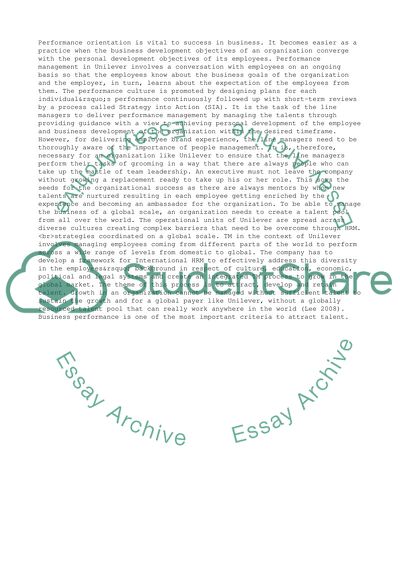Cite this document
(Attraction and Performance of Unilever Case Study, n.d.)
Attraction and Performance of Unilever Case Study. Retrieved from https://studentshare.org/management/1515528-attraction-and-performance-of-unilever
Attraction and Performance of Unilever Case Study. Retrieved from https://studentshare.org/management/1515528-attraction-and-performance-of-unilever
(Attraction and Performance of Unilever Case Study)
Attraction and Performance of Unilever Case Study. https://studentshare.org/management/1515528-attraction-and-performance-of-unilever.
Attraction and Performance of Unilever Case Study. https://studentshare.org/management/1515528-attraction-and-performance-of-unilever.
“Attraction and Performance of Unilever Case Study”, n.d. https://studentshare.org/management/1515528-attraction-and-performance-of-unilever.


